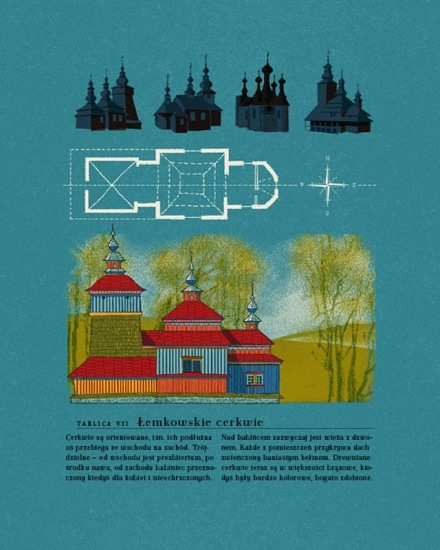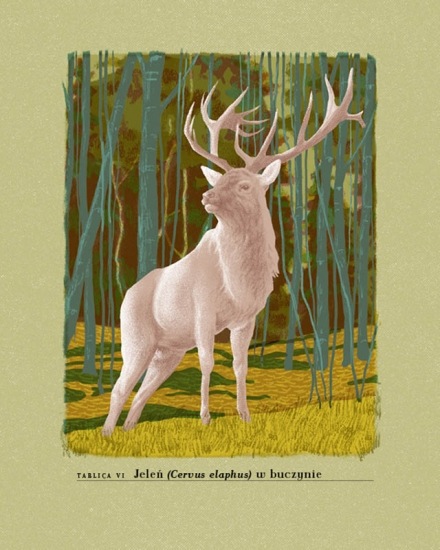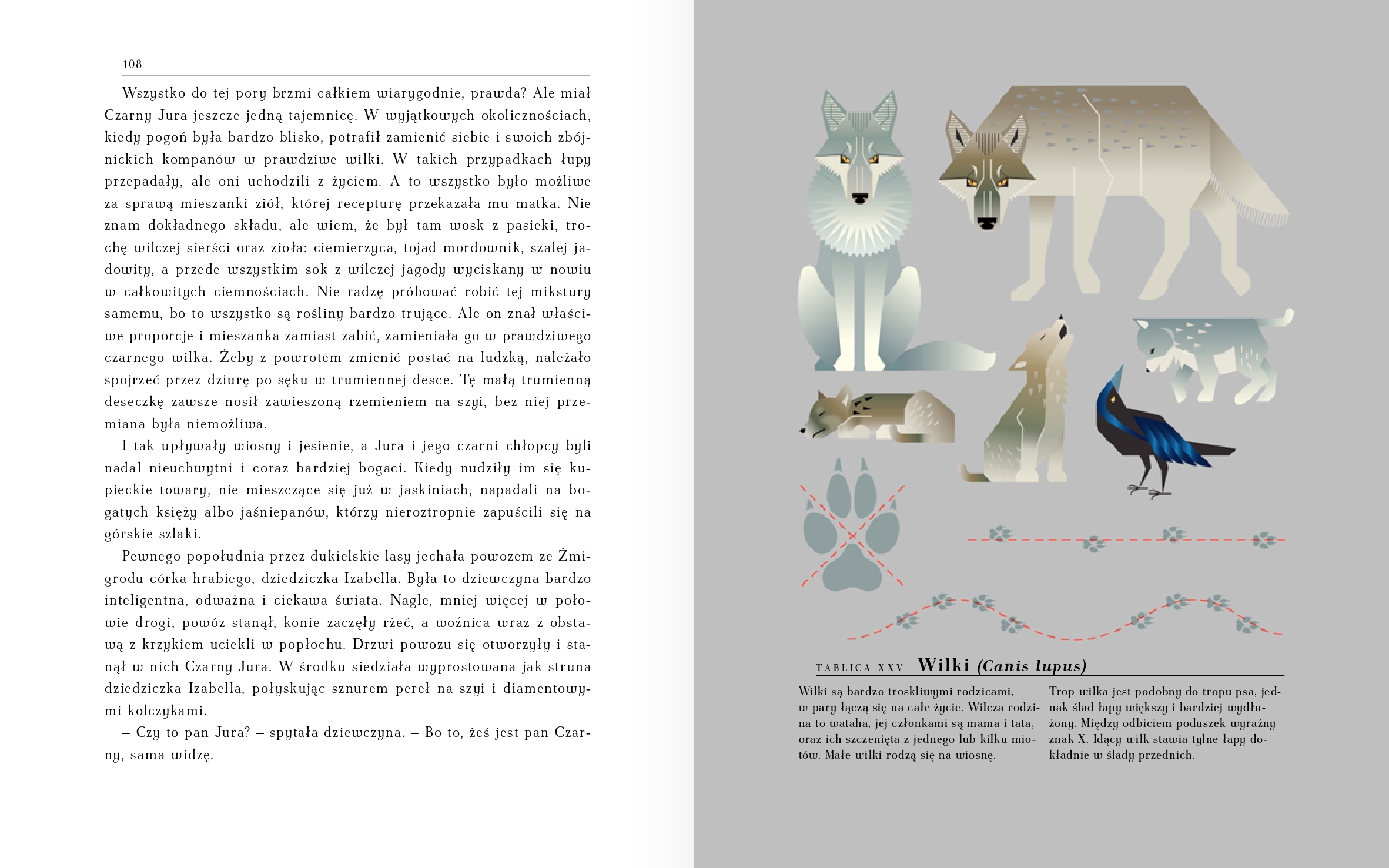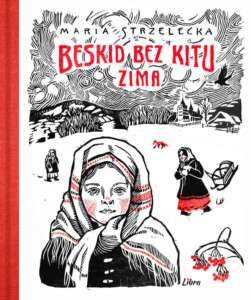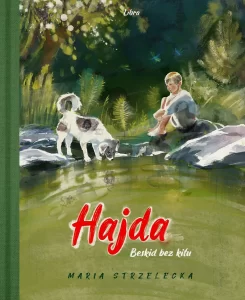Text & Illustrations: Maria Strzelecka
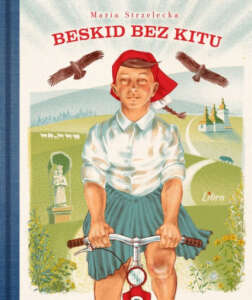
8+
128 pages
Hardcover
20 x 25 cm
(Libra)
Best of the Beskids was selected as the first book for children to be adopted for audiobook by Storytell Poland- watch the amazing BOOK TRAILER!!!
The Book of the Year 2020 by IBBY Polish Section- award for illustrations
Ferdynand Wspaniały Award 2020 by Cracow Festival of Literature for Children
Polish Editors Association – distinction for the Most Beautiful Book of 2019
The Best Edition „Good Pages” by Wroclaw Good Book Fair 2019 – nomination
Best of the Beskids is a literary and artistic story for readers of all ages about the Low Beskids mountain range, the Lemkovyna region of today and half a century ago, and its secrets, culture, magic, and nature.
It’s about the fear of the other, the stranger and the taming of these fears. About living in harmony with nature and finding beauty where no one is looking for it.
A story full of magic, wonderful animals, old legends, fragrant with herbs, and midsummer fire.
Meet Terka.
The school year is over. Terka ties a red handkerchief on her head and packs her treasures: old binoculars, a flashlight, a knife and a string, she gets on her bike and sets off to an old lady who lives in an abandoned village and knows everything about herbs and explains the behaviour of animals.
And on top of that, she cooks the best elderberry pancakes in the world!
The girl passes herds of sheep, the ruins of an Orthodox church, and a dense forest, talks with herding dogs and looks for wild animals. She always wanted to meet the wolf, will she make it this time?
Meet Nela.
Nela is camping in a tent with her mother. Although the girl doesn’t really like walking on wet grass and does not fully believe her mother in the stories about the rise of the Carpathians, there is no cell phone coverage in the mountains, so mother and daughter have each other and the entire Beskids.
The book is divided into two parts: the first takes place in 1960 on the Beskid state-run farm and the second is contemporary.
The way it speaks of difference and tolerance makes it an important voice for our time. The author’s point of departure is the oral tradition of farmers’ tales, adding an
emotional interpretation to events, places, the environment, and people. This allows young people to identify with the story’s heroines and nurtures their emotional sensitivity.
Apart from the history of this magic region and the adventurous storyline, this is also a guidebook to the natural world: after reading, children will be able to recognize certain species of birds, plants, and animal tracks. The slight tongue-in-cheek and whimsical illustrations provide a helping hand.
